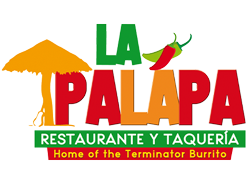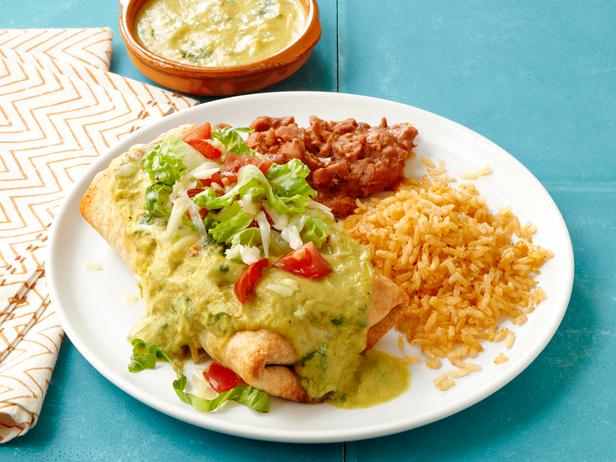You got curious after reading this blog? At La Palapa, Mexican restaurant in Santa Rosa, we serve daily fresh chimichangas. Try them out yourself, and you will find out why this is suck a popular dish in Mexican restaurants.
Chimichanga is a deep-fried burrito that is popular in Tex-Mex, Southwestern U.S. cuisine, and the Mexican states of Sinaloa and Sonora. The dish is typically prepared by filling a flour tortilla with a wide range of ingredients, most commonly rice, cheese, machaca (dried meat), carne adobada (marinated meat), carne seca, or shredded chicken, and folding it into a rectangular package. It is then deep-fried and can be accompanied with salsa, guacamole, sour cream, and/or cheese.
Debate over the origins of the chimichanga is ongoing:
The words chimi and changa come from two Mexican Spanish terms: chamuscado, (past participle of the verb chamuscar) which means seared or singed, and changa, related to chinga, (3rd person present tense form of the vulgar verb chingar, a rude expression for the unexpected or a small insult.
According to one source,the founder of the Tucson, Arizona, restaurant “El Charro”, Monica Flin, accidentally dropped a burrito into the deep fat fryer in 1922. She immediately began to utter a Spanish curse-word beginning “chi…” (chingada), but quickly stopped herself and instead exclaimed chimichanga, a Spanish equivalent of “thingamajig”.
A chimichanga with refried beans and rice served at an Illinois restaurant.
Woody Johnson, founder of Macayo’s Mexican Kitchen, claims he invented the chimichanga in 1946 when he put some burritos into a deep fryer as an experiment at his original restaurant Woody’s El Nido. These “fried burritos” became so popular that by 1952, when Woody’s El Nido became Macayo’s, the chimichanga was one of the restaurant’s main menu items. Johnson opened Macayo’s in 1952.
Although no official records indicate when the dish first appeared, retired University of Arizona folklorist Jim Griffith recalls seeing chimichangas at the Yaqui Old Pascua Village in Tucson in the mid-1950s.
Given the variant chivichanga, mainly employed in Mexico, another derivation would have it that immigrants to the United States brought the dish with them, mainly through Nogales into Arizona. A third, and perhaps most likely possibility, is that the chimichanga, or chivichanga, has long been a part of local cuisine of the Pimería Alta of Arizona and Sonora, with its early range extending southward into Sinaloa. In Sinaloa the chimichangas are small.
Knowledge and appreciation of the dish spread slowly outward from the Tucson area, with popularity elsewhere accelerating in recent decades. Though the chimichanga is now found as part of the Tex-Mex repertoire, its roots within the U.S. seem to be in Pima County, Arizona.


Recent Comments